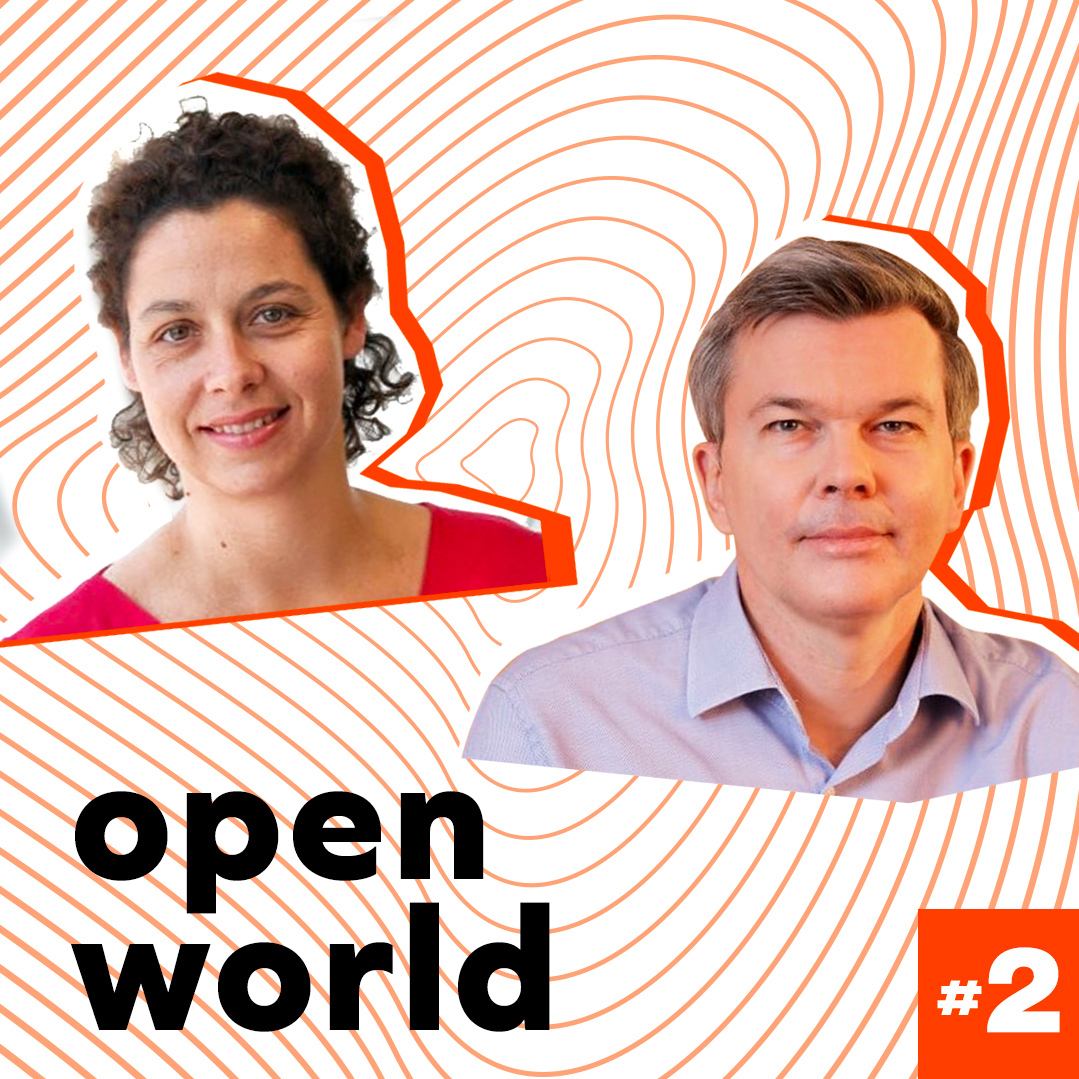“A good nudge should preserve an individual’s freedom of choice and avoid using manipulative tactics.”
First of all, what is a nudge?

In a literal sense, the term “nudge” refers to a gentle push or a subtle prod.
In essence, a nudge is a tool designed to alter one’s perception of a situation. Based on this shift in perception, the individual is free to decide whether or not to change his or her behaviour. It entails modifying the choice framework presented to an individual in a given situation. By introducing new options for decision-making, a company, a public policymaker, or even an individual can encourage decisions that align with desirable outcomes. A good nudge should preserve an individual’s freedom of choice and avoid using manipulative tactics. A famous real-world example is the urban ashtray designed as a ballot box. Initially developed in England, it invited smokers to cast their vote for Messi or Ronaldo when disposing of their cigarette butts. This device captures individuals’ attention by reshaping their perception of the situation, motivating them to engage in environmentally friendly behaviour.
Regarding mobility, what types of nudges can be applied?
Nudges are built on the understanding that our decision-making isn’t always grounded in perfect rationality but is influenced by cognitive biases. Among the various behavioural biases, we’ve explored several in the [Imp]²ulce project. For instance, we examined the “loss aversion” bias. A nudge based on this bias involves highlighting the potential loss—whether it be financial, in terms of time, or related to health—that individuals might incur if they continue the same behaviour. In general, people tend to be more averse to the risk of losing something than to the prospect of gaining it. One study even found that the emotional pain of losing €1,000 is twice as strong as the joy of winning the same amount. Another significant psychological bias is the “moral appeal,” which reminds individuals that their behaviour contributes to addressing issues like climate change or public infrastructure. This nudge can be criticised as moralising. Then there’s the “social norm” bias, perhaps the most well-known nudge among the general public. It’s often used in matters of energy consumption or waste sorting. For instance, comparing a household’s energy consumption to the average consumption of their peers on an energy bill is a typical application of this nudge. In the context of mobility, this might involve rating the environmental impact of employees’ commuting choices or the usage distribution of different mobility options. We also experimented with the “presentation change” bias, which means presenting familiar information in a more playful manner through gamification.
Why are nudges important for mobility?
Answering this question requires careful consideration. Not all nudges are effective; they are not all promising. In our study, we found that only moral appeals, loss aversion, and the combination of the two had a positive impact on behaviour change in transportation. Among these, loss aversion was the most powerful. This shows that policymakers and businesses need to pay special attention to nudges that stimulate loss aversion, especially if they want to promote alternative modes of transportation. We also found that exposure to “moral appeal” nudges must be long enough to maximize their effects and reach a broader audience. This runs counter to the practices commonly seen in communities today, where the majority of initiatives are relatively short-term experiments lasting only two, three, or four weeks. We also found that the impact of nudges persists over time, meaning we can effectively change individuals’ environmental preferences. This differs from measures like taxes, for example, which generate a price-related response but don’t have a lasting effect once the tax is removed. From this perspective, nudges show great promise. However, it’s important to exercise caution because, out of the six nudges we tested, three did not produce the desired effects in our experiment, including social comparison, which is commonly used for behaviours related to energy consumption, water usage, or waste recycling.
What are the limitations of nudges?
Unlike conventional financial instruments, we can’t say that a nudge is effective in all contexts. Such policies need to be localised and tested, and may not necessarily be replicable from one region to another. People have different cultures and may have different responses to the same biases. Given the low cost of nudges compared to subsidies or reward mechanisms, we achieve very interesting effects at a lower cost, but we can’t always scale them up. As an economist, I believe that nudging is a valuable complementary tool to traditional incentive policies, but it cannot replace them.
For Mobilize, the use of nudges is a promising avenue. They prove to be potent allies in steering behaviours towards carbon neutrality. When used correctly, they become powerful tools in combating solo car use and reducing reliance on fossil fuels. In situations where a car is unnecessary, they can encourage choices in favor of sustainable mobility or public transportation. In a broader sense, they help showcase a spectrum of mobility alternatives that Mobilize champions: options that are more sustainable, accessible, and affordable.






